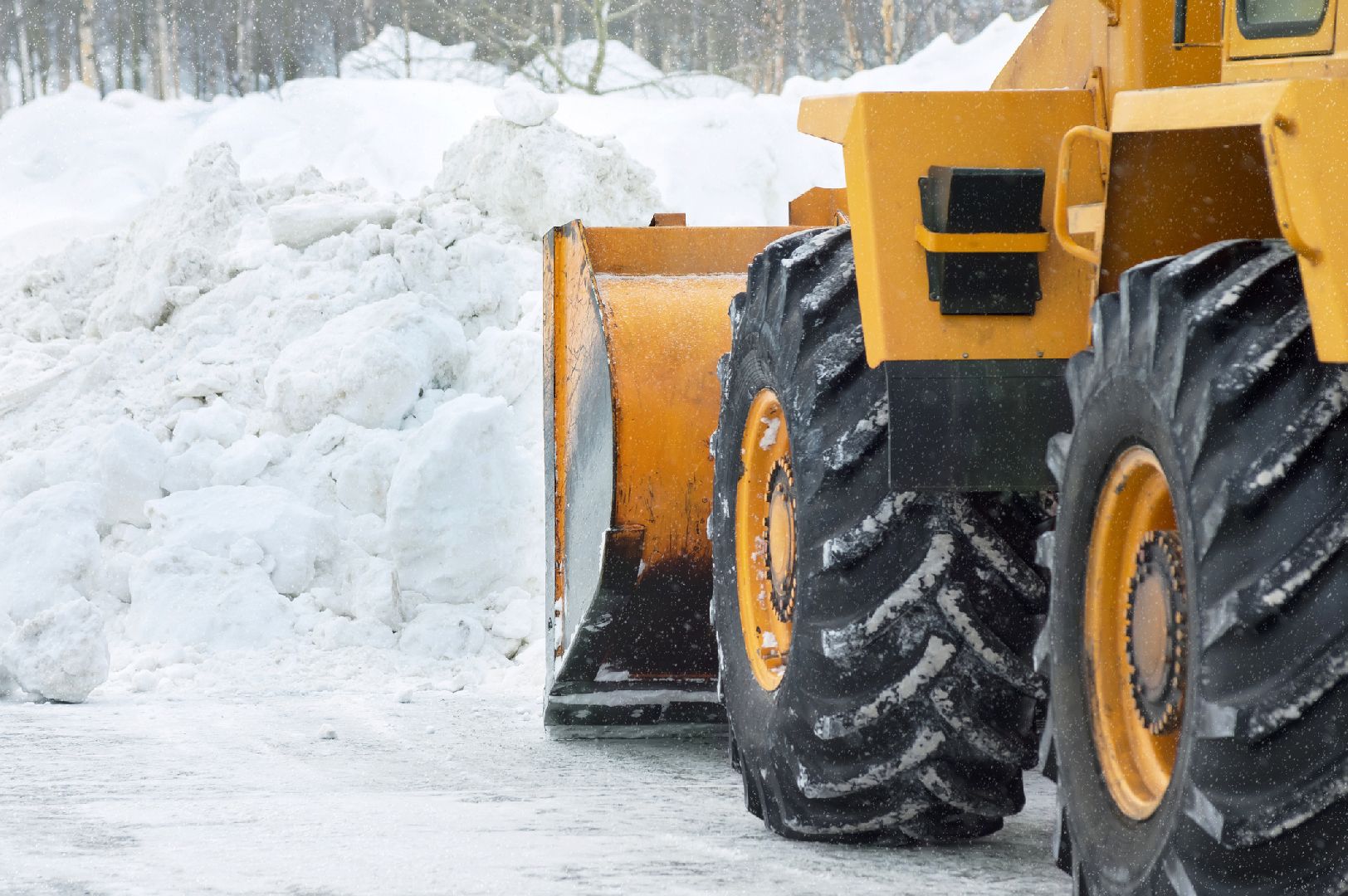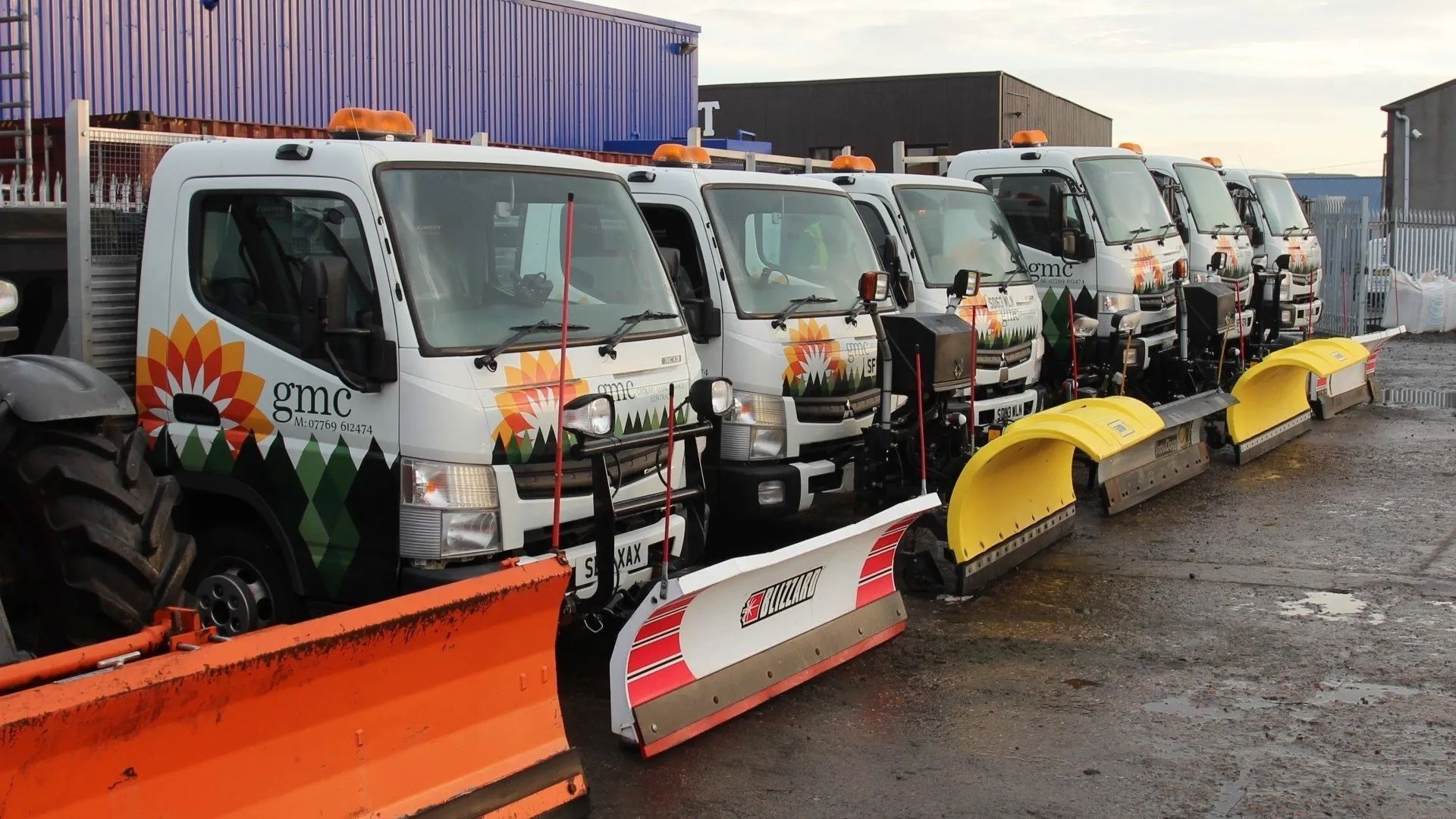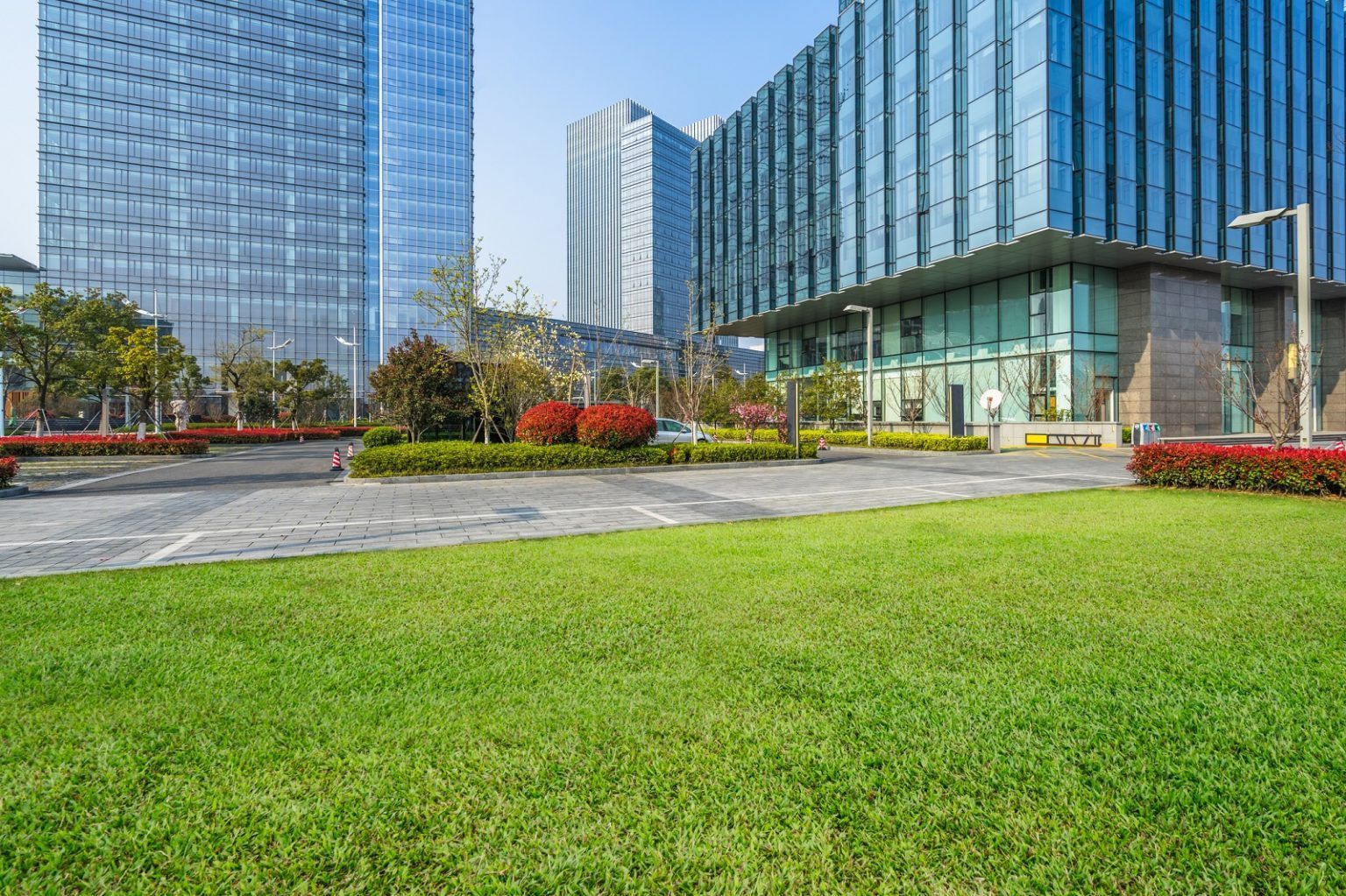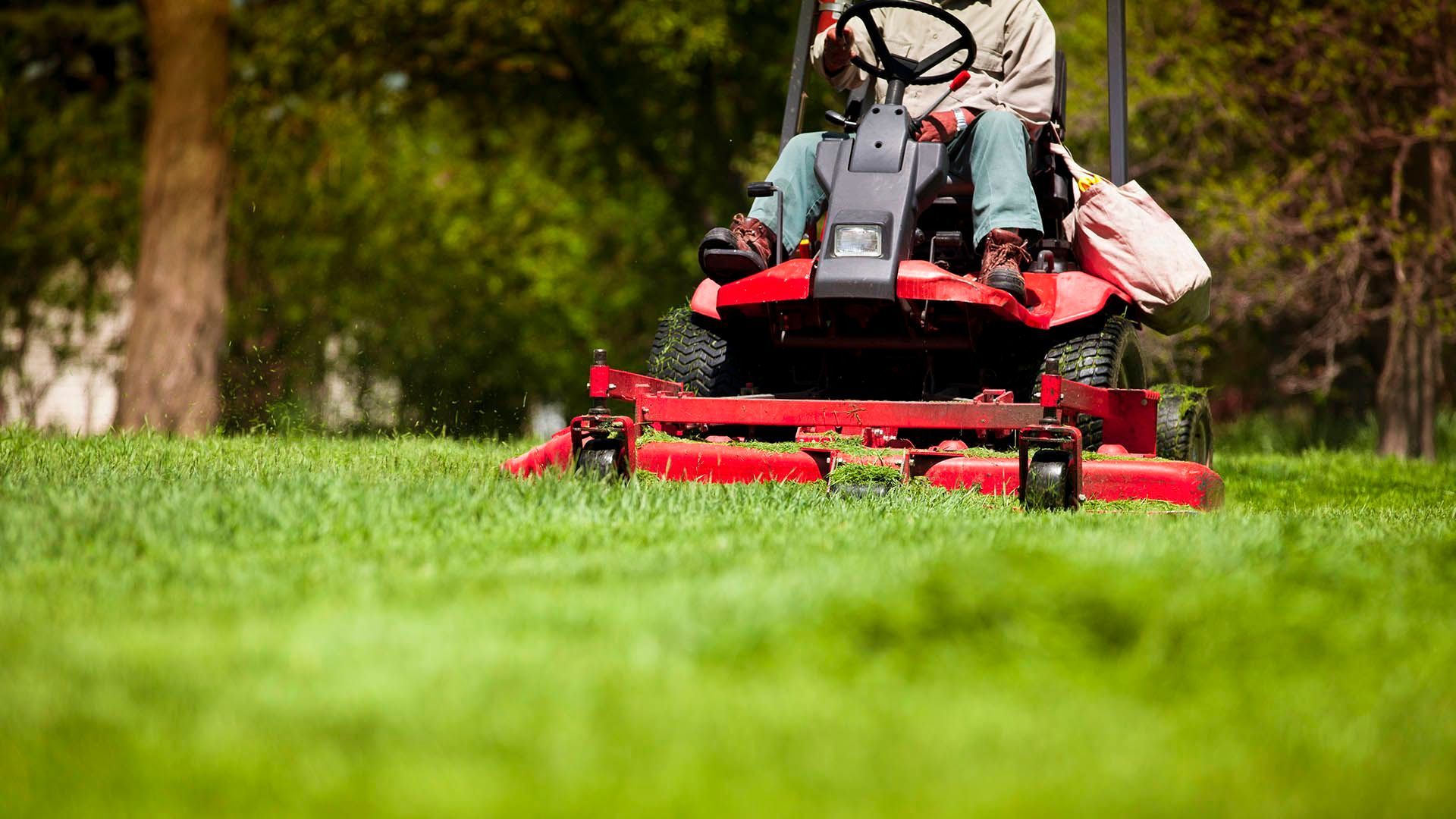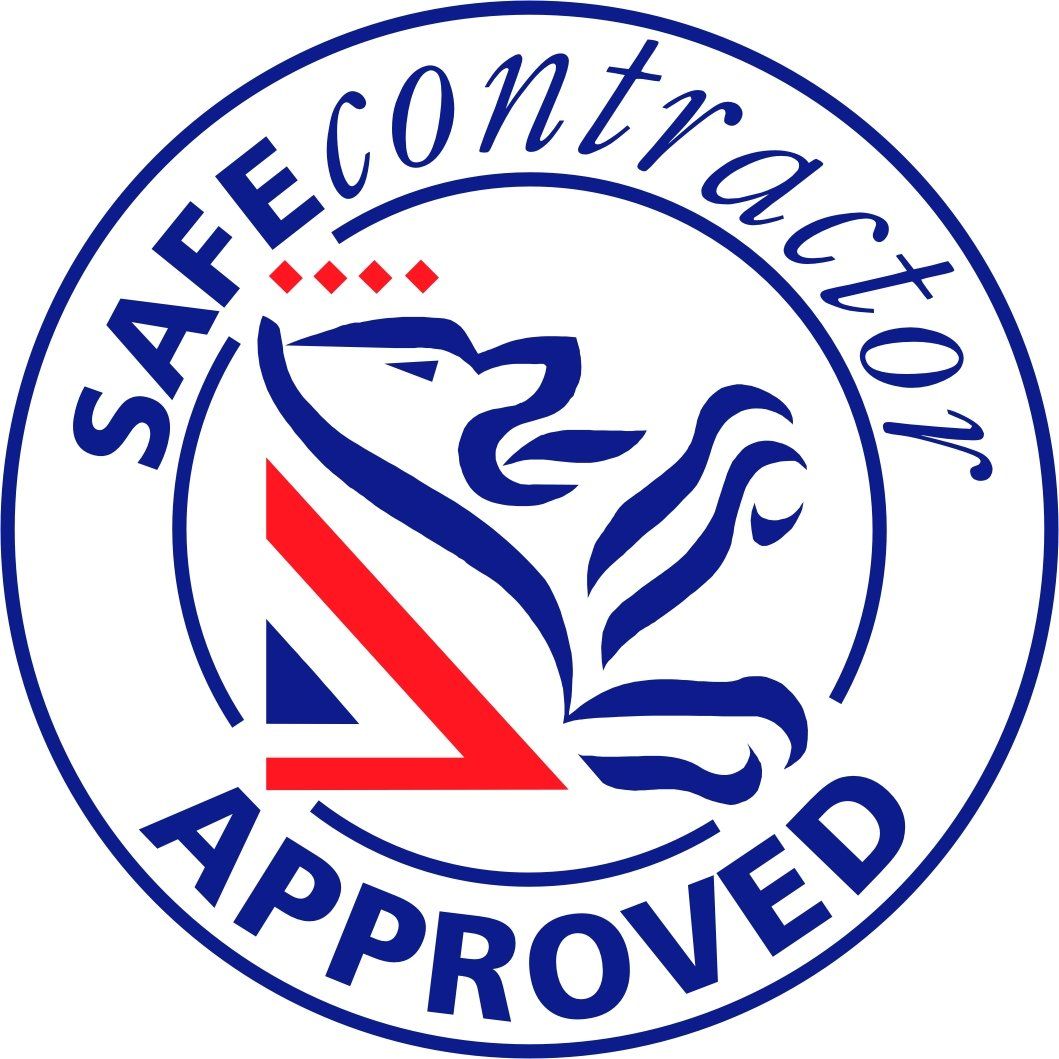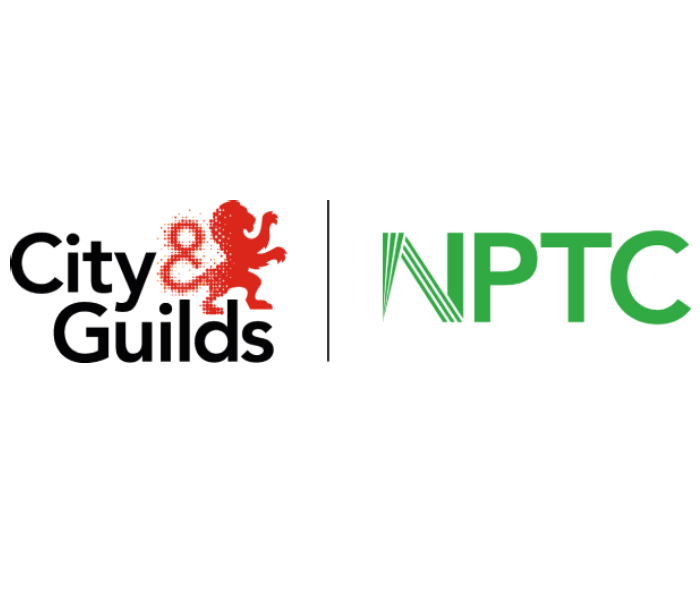Understanding The Key Terms Used In Tree Surgery
Carried out by a professionally trained tree surgeon, tree surgery is an important annual service of a tree, to ensure it is in a good condition, healthy and not overgrowing into nearby properties. A tree surgeon will run a series of checks and maintenance services to ensure the health of your tree, trimming, thinning and reshaping wherever needed. They'll also remove any branches that have died which could be potentially hazardous to passers-by, were they to fall or break. Here, we run through the key terms used in tree surgery, to provide insight and understanding to this unique and delicate process:
Thinning
Used as a means to reduce the density of a tree, thinning allows for light to pass through the crown of the tree without having to change the overall size and structure. A common method used for Hazel, Oak, Beech and Ash trees, thinning helps to improve the strength and structure of the tree, increasing the airflow and passage of light. By reducing the weight of the tree limbs and branches by using the thinning method, the tree will become stronger as a whole, particularly in extreme weather conditions.
Reshaping
Sometimes referred to as reduction, reshaping your tree's crown to a smaller, more balanced shape in the event of damage, degradation or unanticipated growth, crown reshaping is particularly effective for trees that have become too large or misshapen but cannot or should not be removed. Reshaping is a fairly simple procedure, requiring some light foliage cutting from the outer edge to rebalance and reshape your crown.
Lifting
The term for the removal of the lowest branches of the tree's crown, lifting removes the smallest branches to help minimise the stress placed on the tree.
Pollarding
Once the smallest branches are lifted, it's time to remove all branches and shoots from the tree, in a process called pollarding. When the tree is cut back repeatedly and pruned to the same point, it helps to control growth and maintain your tree's health, preventing your tree from outgrowing or losing its strength and structure. Pollarding should be carried out once a year and is best suited to Lime, Elm, Oak and Ash trees.
Lopping
The removal of specific limbs that have been damaged, broken or have died, tree lopping should be considered in the Autumn when there is little to no growth in the tree. Lopping will help to strengthen the tree, as growth energy won't be wasted on broken limbs.
Felling
Once a tree has died or gone beyond repair, it must be removed entirely to ground level. This is generally achieved either by dismantling the tree into smaller pieces or by felling the tree completely from the ground in one swift motion.
Removal
Though not always a necessity, once your tree has fallen you should consider removing the stump permanently from the ground.
Seeking tree surgery or removal? At GMC, we offer tree surgery services to clients throughout Central Scotland and deliver a comprehensive service for the trees on your property. From pruning, to complete tree removal, just get in touch with our team and we’ll be happy to provide all the advice and guidance you need, as well as a free quote for our services.

